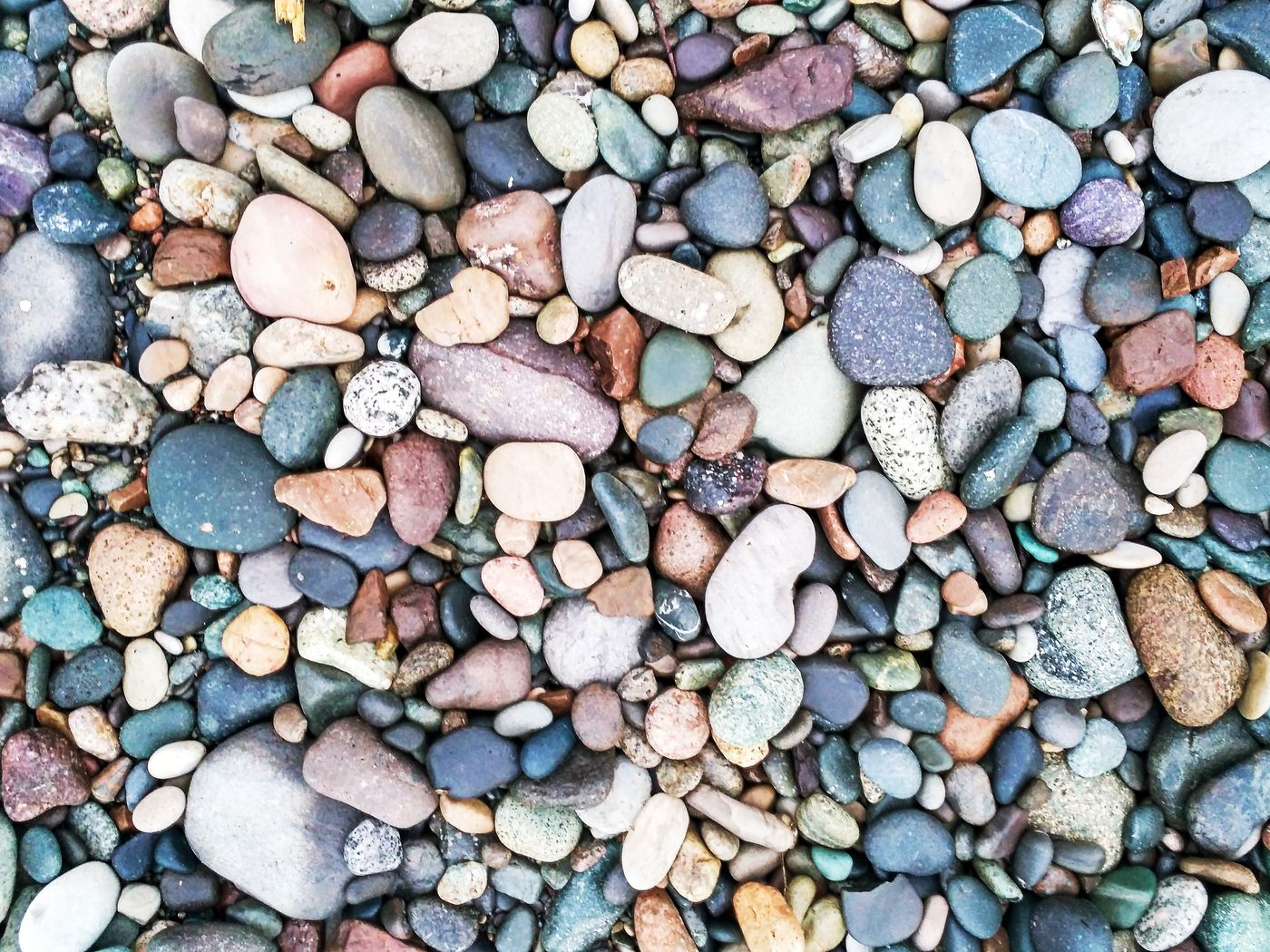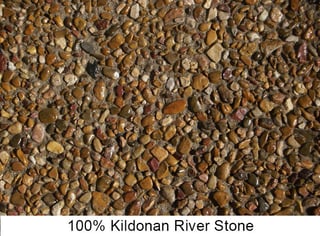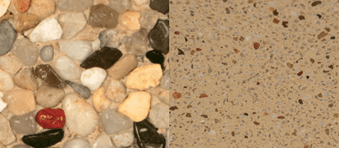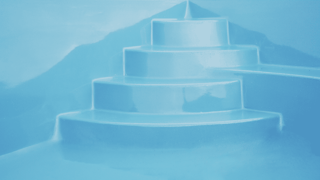
Exposed Aggregate on a Pool: Pros, Cons, & Reviews
Options and Accessories | Swimming Pool Design
Ever notice how some people insist on using a $5 word when a 10¢ word would suffice? (I know I just used the word “suffice,” but hear me out.) The first time I heard the phrase “exposed aggregate” for a pool finish, I thought it was a pretentious way to say “Pebble Tec.” But it’s actually the correct term.
Not all exposed aggregate pool finishes are products of the Pebble Tec company. Exposed aggregate finishes are sometimes called Pebble Tec in the same way that we often call tissues Kleenex—one brand has become representative of the product.
So we’re going to talk about exposed aggregate finishes as a whole.
Some things we’re going to expose (see what I did there?) today:
- Pros and cons
- Cost of resurfacing
- Real-life owner experiences
- Alternatives to exposed aggregate
Advantages of exposed aggregate on a pool
- Texture
- Design
- Longer lifespan than plaster
The pebbles provide a pretty, interesting texture to your pool that you don’t get from plaster or even tile. It catches the light, plus it just looks neat.

Want glass beads? Stone pebbles? Fun colors like red and yellow and green and brown and scarlet and black and ochre and peach? Exposed aggregate finishes come in many shapes and colors, so just about everyone can find a design that they like and that fits their aesthetic.
It’s also solid and durable. Whereas plaster only lasts 5–10 years before it needs to be refinished, a finish with pebbles can go 10–20 years.
Disadvantages of exposed aggregate on a pool
- Can hurt to walk on
- Still needs to be refinished/resurfaced
- Can harbor calcium buildup
- More expensive than plaster
Bigger aggregate can be a little uncomfortable to walk on. However, smaller ones are generally fine.
Glass beads will be softer to walk on than pebbles.
The lifespan of 10–20 years isn’t terrible, but it will still need to be refinished eventually. It’ll happen faster with some brands and aggregate types, such as small glass beads that can pop off (and end up in your filter system).
Calcium can build up on the surface. However, with proper pool care, this shouldn’t be an issue.
Exposed aggregate is less expensive than tile, but it still costs more per square foot than plaster. (And multiple that cost for each time you resurface it.)
Costs for resurfacing a pool with exposed aggregate
Pricing for exposed aggregate depends on all the usual factors:
- Area of the country
- Pool size
- Material of the aggregate
A small-and-large pebble finish will be around $7,000–$18,000.
On average, a glass-and-pebble finish will be $2,000–$4,000 higher than just pebbles.
Real pool-owner experiences with exposed aggregate
Quartz and pebble aggregates can have different textures and lifespans, but not necessarily.
“Generally, pebble will last longer than quartz. But with proper water chemistry management either will last decades. With poor water management they could both need to be refinished in as little as 5 years due to scaling or etching. Proper installation, start up and water management is much more important than which finish you select.”
Glass beads can be softer, but some people have had trouble with glass beads fading and discoloring over time, even within 6 years.
“The trend where we are is towards Beadcrete and away from Pebble Tec. Beadcrete looks nicer, feels softer and is easier to clean.”
“Saw a Beadcrete pool in Fiji. The blue oxides have all faded and is delaminating. It is 6 years old. It’s a mess.”
“Recently saw a pool done in Beadcrete in Fiji about 4 years ago. The colors have bleached out because it used oxides as the base color. It is a mess, has to be re-done. The other problem is the glass beads are hard to get to stick to the cement used and they can damage the pump.”
Water chemistry and sun exposure can affect the color of the aggregate.
“My black onyx pebblesheen also has discolorations and they will only get worse as the sun fades the pigments in the plaster. I think it is more from the sun than chlorine because the horizontal surfaces are much more faded than the vertical surfaces in my pool after 5 summers. It varies a lot based on sun, clouds, sky color. PH and CSI also impacts it. Keep CSI between -0.3 and 0 for best plaster life and appearance. Also helps the life of your SWG cell if you have one.”
Alternatives to exposed aggregate pool finishes
Interior finishes for concrete pools
The options for the interior finish of a concrete pool are plaster, exposed aggregate, polished aggregate, and tile.
Plaster is less expensive than aggregate, but you get what you pay for. It doesn’t last as long, and it shows stains quickly.
This is going to sound obvious, but I’ll still say it. Polished aggregate is like exposed aggregate, but the pebbles or beads are sanded down flat rather than bumping out on the surface. This makes it comfortable to walk on and easy to clean.

Porcelain, stone, or glass tile looks lovely and lasts the longest of all concrete pool finishes. It’s nonporous, so it doesn’t harbor algae. However, it’s by far the most expensive.
Interior finishes for other pool types
Vinyl liner pools provide a smooth interior finish. However, they don’t look as classy as concrete or fiberglass and require a lot of maintenance.
Fiberglass, however, has a smooth finish (the gelcoat) that requires almost no upkeep and looks gorgeous.
You also have many options for gelcoat color, and it's simply part of the pool—not an expensive add-on like aggregate and tile finishes on a concrete pool.

If you’re looking for a pool with a smooth, low-maintenance interior surface, you may want to consider fiberglass pools. They’re high-quality, look lovely, and will last you for decades.
River Pools manufactures and installs fiberglass pools in Virginia and Maryland. We also operate in other areas of the country through our nationwide dealers. Get in touch with us, and we’ll be happy to help you on your pool journey!
If you’d like to learn more about the different types of pools, check out our free and comprehensive ebook below. It discusses cost, design, durability, installation… basically any aspect you’ll want to compare if you're making a big pool decision.
Up Next:
A Massive Review of Concrete Swimming Pools: Costs, Maintenance, Longevity, and More




